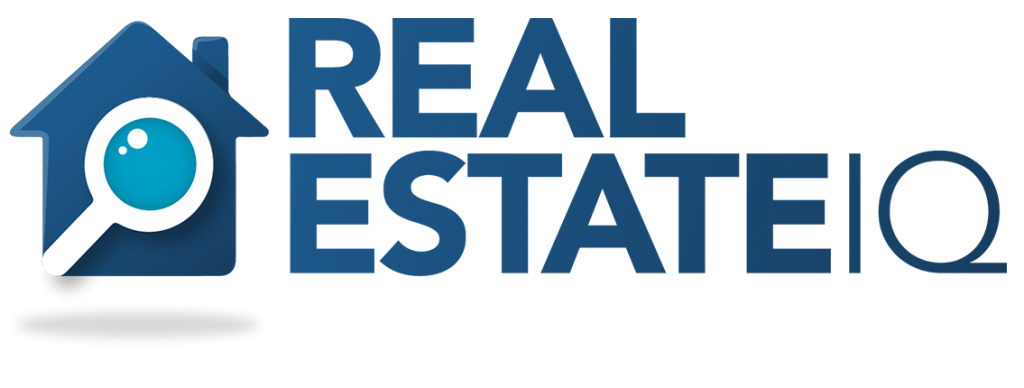We have another real estate definition! Today we’re going to discover the meaning of just three letters: ARV. ARV stands for after repair value and is the price of a property in its best condition after it has been completely fixed. It has several uses – and we’ll get to that in a moment – but you need to know right now that this is the most important thing to know in real estate.
The reason behind this statement is simple: if you want to make any money, the ARV has to be correct. The tricky part is that there’s no universal and invariable opinion on home prices. The ARV is an estimate that requires you to gather as much information as possible to come up with a trustworthy number.
How do you calculate the ARV?
Knowing what a property is worth after repairs seems like an abstract process. However, there is a way to calculate it that prevents agents (and people in general) from pricing a home on a whim. There’s a general formula to calculate it: the home price plus the cost of repairs equals the ARV. However, if the place is listed slightly above market value, the final price won’t add up, affecting your profit.
For this reason, it’s best to find similar properties and average them out. Yes, if this sounds familiar, it’s because you need to make comparisons to get an after repair value! Comparables are a great way to calculate ARV. All you need to do is find similar properties nearby that have been sold, preferably no more than 90 days prior. We’ve told you all about comps here, but in general, these are the key aspects that should match:
- Year built
- Square feet
- Rooms, bathrooms, and stories
- Neighborhood
- Amenities
- Property type (all single-family homes, all condos, all townhouses)
Typically, real estate agents, realtors, and appraisers are responsible for estimating the ARV. Their goal is to get as close as possible to the exact market value of the property. Nonetheless, as the experienced realtor Fabian Toledo noted here, “price is just an opinion, and it varies from person to person. Although we’ll never know for sure, we use an approach based on information. The more data we have, the easier it is to form our opinion.”
Why is the ARV important?
At this point, you might be wondering why you’re going through so much trouble. For real estate investors, it’s a critical metric to understand if a deal is profitable. Especially when you work with off market properties (like the listings provided by our Off Market Leads), you’ll probably find homes that are pretty run down, so you need to find out if their price is right.
The ARV gives you the estimated price you could get if you fix the place. If you take that information and mix it with a rehab budget, you’ll be able to figure out what’s in it for you. And therefore, you’ll have a solid basis to decide whether the property is worth buying if you can ask for a deeper discount and what’s the best exit strategy in that case. This number is also relevant for lenders since they need it to know whether you’ll be able to repay the loan.
What is the 70% rule, and how does it relate to the ARV?
Given the fact that the margin between the ARV and the cost of the property – including repairs, insurance, taxes, and closing costs – represents the potential return on the investment, you should make sure that it’s as wide as possible. And that’s why you need the 70% rule.
If you intend to fix and flip, the golden rule is to bid 70% of the property’s market value (ARV) minus the repair costs (and wholesale costs, if necessary). This should be your maximum allowable offer (MAO) as it ensures you a cushion of 30%: about half of that would be your profit, while the other half goes towards the costs incurred until the sale (closing costs, taxes, maintenance, and financing). On the other hand, if your goal is to rent, you should go for the 1% rule. To buy and hold, you should receive 1% of the purchase price as your monthly rent.
Let’s say you found a house whose ARV is $100,000 and, according to your contractor, fixing the place to resell it would cost you about $10,000. Keeping in mind the rule of thumb, you should calculate 70% of the ARV ($70,000) and deduct the repairs, which means your MAO should be $60,000. That leaves $15,000 for all expenses outside of rehab, while your profit is the other $15,000. Remember that if you pay more than 70% of the ARV, the only thing that’s going to go down is your profit.
Key takeaways
In short, the ARV is kind of an educated guess that requires data on the neighborhood, an excellent eye to estimate the repair costs and knowledge about the market. If done right, it’ll allow you to determine a fair purchase price and also plan the most suitable exit strategy for each deal you close.
Without a doubt, this is the number one skill every real estate investor needs to be successful since it’s critical to ensure you earn as much as you can.
Disclaimer: The blog articles are intended for educational and informational purposes only. Nothing in the content is designed to be legal or financial advice.
Sources:
- https://community.realestateiq.co/6-essential-things-you-cant-forget-when-running-real-estate-comps/
- https://community.realestateiq.co/comparables-definition/
- https://community.realestateiq.co/3-steps-to-become-a-master-in-deal-finding-through-the-mls/
- https://smartasset.com/mortgage/what-does-arv-mean-in-real-estate
- https://www.fortunebuilders.com/what-is-arv-meaning-how-to-calculate-your-investment/
- https://www.thebalancesmb.com/arv-after-repair-value-in-real-estate-investing-2867053




